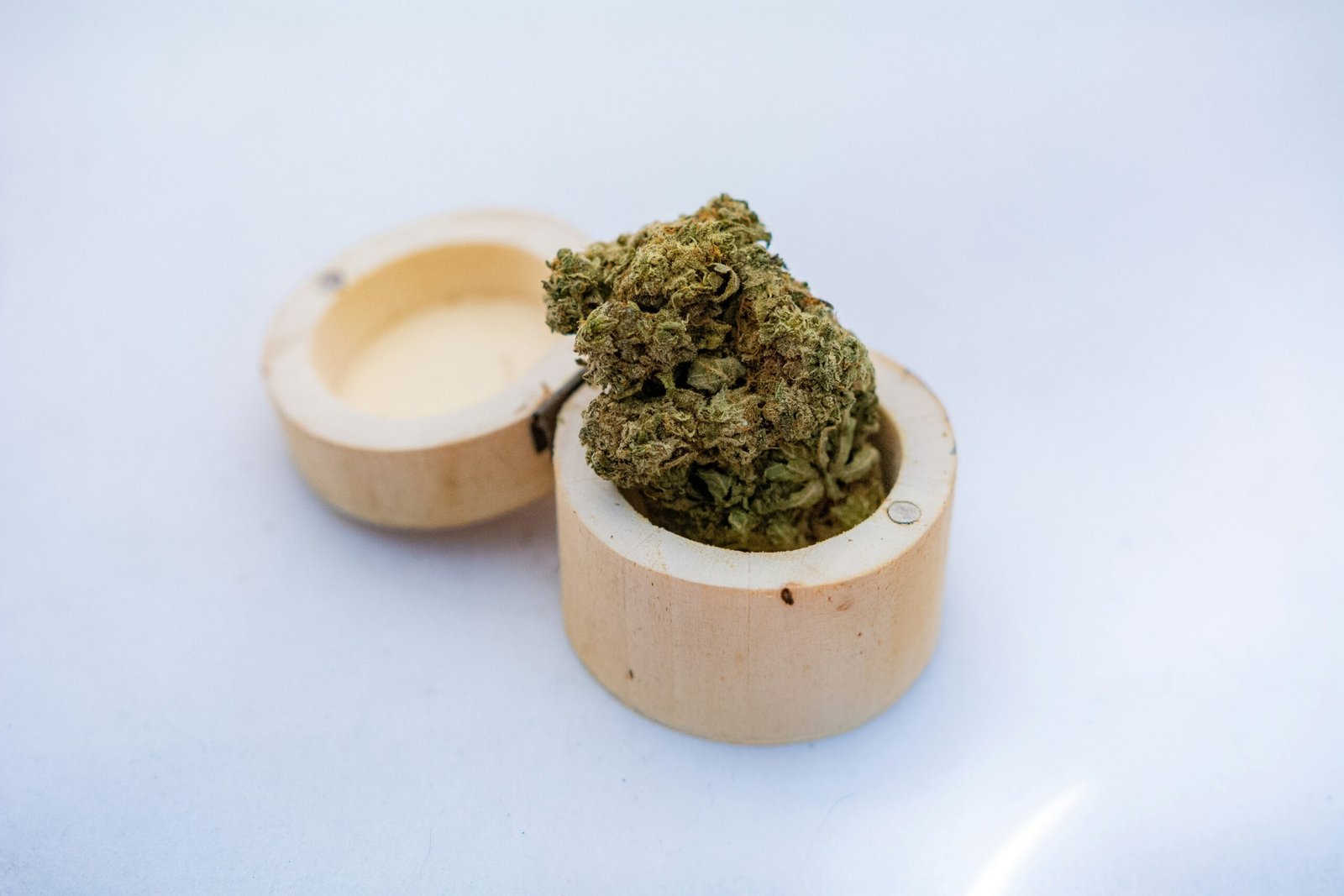Understanding the Common Cold
The common cold is a viral infection of the upper respiratory tract, predominantly caused by rhinoviruses, although other viruses can also be implicated. It is characterized by a range of symptoms, including a runny nose, cough, sore throat, and fatigue. Typically, these symptoms appear one to three days after exposure to the virus, during which time the body’s immune system is activated to combat the invader. Understanding how the cold virus spreads is fundamental to its prevention; transmission occurs primarily through respiratory droplets when an infected person coughs or sneezes, or through contact with surfaces contaminated by the virus.
One common misconception about the common cold is that it is caused solely by exposure to cold weather. While cold temperatures can facilitate the virus’s spread, they are not direct causes of illness. Instead, factors such as personal hygiene, contact with infected individuals, and the overall health of the immune system play pivotal roles. In most cases, the body’s immune response works to clear the infection, leading to symptom resolution within seven to ten days. However, the duration can vary based on individual health and the specific virus involved.
Although many individuals resort to home remedies for relief, it is important to distinguish between self-care and when to seek medical attention. In most cases, a common cold can be managed with over-the-counter medications, hydration, and rest. However, if symptoms persist or worsen, it is crucial to consult a healthcare professional to rule out more serious conditions such as influenza or bacterial infections that may require antibiotic treatment. Understanding these elements is essential for effectively managing the common cold and ensuring proper care when necessary.
Top Natural Remedies for Cold Relief
When faced with the discomfort of a cold, many individuals seek natural remedies that are both effective and easily accessible. One popular option is honey and lemon tea, which combines the soothing properties of honey with the revitalizing effects of lemon. To prepare this remedy, mix one tablespoon of honey and the juice of half a lemon in a cup of hot water. This concoction not only provides hydration but also helps soothe sore throats and reduce coughing due to its antimicrobial properties.
Another effective natural remedy is ginger tea, known for its anti-inflammatory benefits. To prepare ginger tea, slice fresh ginger root and boil it in water for about 10 minutes. Strain the mixture and add honey for sweetness, if desired. Consuming ginger tea can help ease congestion and stimulate the immune system, making it a great choice during cold seasons.
Garlic is also heralded for its potential antiviral properties. Incorporating crushed garlic into meals or sipping on garlic-infused hot water can bolster your body’s defenses against cold viruses. The active compound allicin, found in garlic, is believed to enhance immune function, providing additional protection from colds.
Steamy baths serve as an excellent remedy for respiratory discomfort associated with colds. Drawing a hot bath and inhaling the steam can help clear nasal passages and soothe irritated airways. Adding essential oils such as eucalyptus or peppermint can enhance the effects of this method, providing even greater relief from sinus congestion.
For those dealing with nasal congestion, saline nasal sprays are a simple yet effective solution. These sprays help to moisturize nasal passages, facilitate the thinning of mucus, and alleviate discomfort. They can be easily made at home by mixing a teaspoon of salt in a cup of warm distilled water and using a bulb syringe or spray bottle for application.
In summary, these natural remedies—including honey and lemon tea, ginger tea, garlic, steamy baths, and saline nasal sprays—are practical solutions that can help alleviate cold symptoms, promoting a more comfortable recovery at home.
Preventative Measures Against Colds
Colds are common viral infections that infrequently lead to severe health issues; however, they can significantly impact quality of life. To reduce the risk of catching a cold, it is essential to implement various preventative measures that focus on promoting a robust immune system and maintaining overall health. One of the primary strategies is to ensure proper nutrition. A diet rich in fruits, vegetables, whole grains, and lean proteins provides essential vitamins and minerals that support immune function. Nutrients such as vitamin C, vitamin D, and zinc are particularly important in enhancing the body’s defense against infections.
Adequate sleep is another critical factor. Sleep deprivation can weaken the immune response, making an individual more susceptible to colds. Aim for seven to nine hours of quality sleep each night to allow the body to recover and rejuvenate. Regular physical activity also contributes to immune health. Engaging in moderate exercise, such as walking or cycling, can improve circulation and promote overall well-being, further helping to stave off illness.
Hygiene practices play a significant role in cold prevention. Regular handwashing with soap and water, especially before meals and after being in public places, can significantly reduce the likelihood of viral transmission. Additionally, it is advisable to avoid close contact with individuals who exhibit cold symptoms, as viruses are easily spread through respiratory droplets. Managing stress levels is another crucial component; chronic stress can negatively impact the immune system. Incorporating relaxation techniques such as meditation, yoga, or deep breathing exercises can foster a more resilient immune response.
Staying adequately hydrated also supports overall health and immune function. Drinking plenty of fluids, including water, herbal teas, and broths, helps to maintain optimal hydration levels. By adopting these preventative measures, individuals can effectively reduce their risk of contracting a cold and enhance their overall health and well-being.
When to Seek Medical Attention
While colds are typically mild and manageable through home remedies, there are instances where symptoms may escalate, warranting a visit to a healthcare professional. It is crucial to be vigilant and recognize warning signs that could indicate a more severe condition beyond a common cold. For instance, a high fever, especially one that exceeds 101.3°F (38.5°C), can suggest a serious bacterial infection or other illnesses that require medical evaluation.
In addition to fever, difficulty breathing is a critical symptom that should never be ignored. If an individual experiences shortness of breath, chest pain, or wheezing, it may indicate complications such as bronchitis or pneumonia. Such respiratory issues may emerge as a result of either the initial viral infection or secondary infections, necessitating urgent medical attention.
Another factor to consider is the duration of cold symptoms. If a cold persists for more than ten days without improvement, or if symptoms abruptly worsen after initial improvement, it is advisable to consult a healthcare provider. This could signal the onset of a sinus infection or a different respiratory illness that may require specific treatments.
Moreover, individuals with preexisting health conditions, such as asthma, diabetes, or heart disease, should exercise extra caution. The interplay between these conditions and a cold can be complex and may heighten the risk of complications. Therefore, if symptoms seem unusually severe or are accompanied by other distressing signs, immediate consultation with a healthcare professional is warranted.
Ultimately, while self-care and home remedies can be beneficial for alleviating cold symptoms, recognizing the symptoms that necessitate medical intervention is essential for ensuring health and safety. Timely action can mitigate complications and pave the way for a faster recovery.


